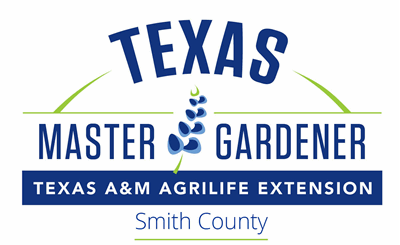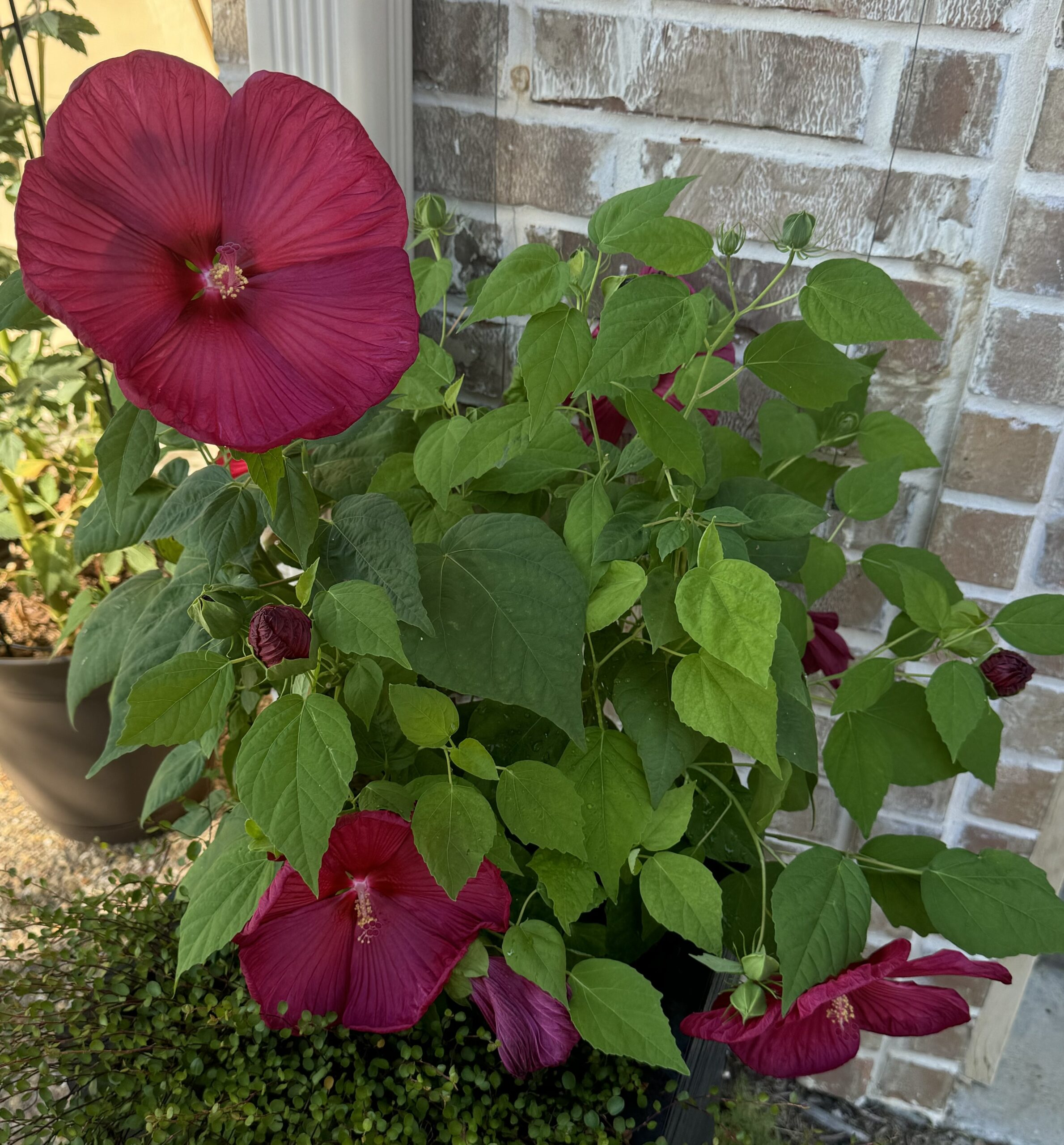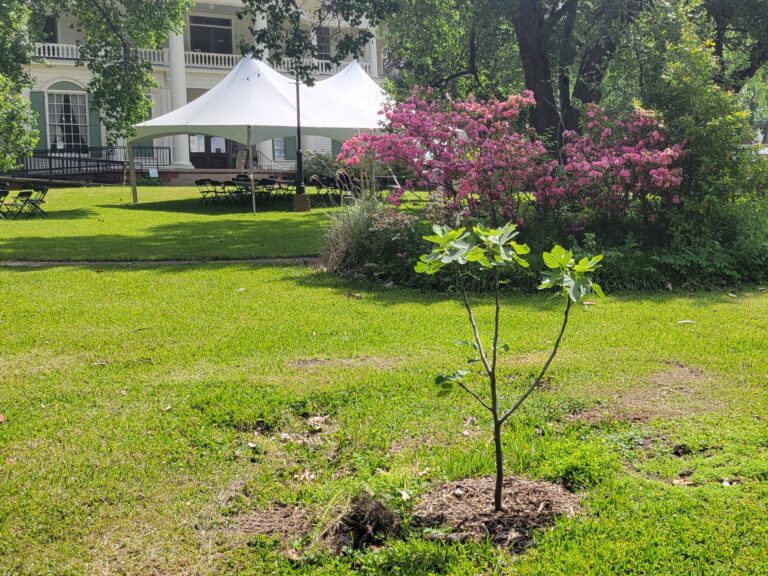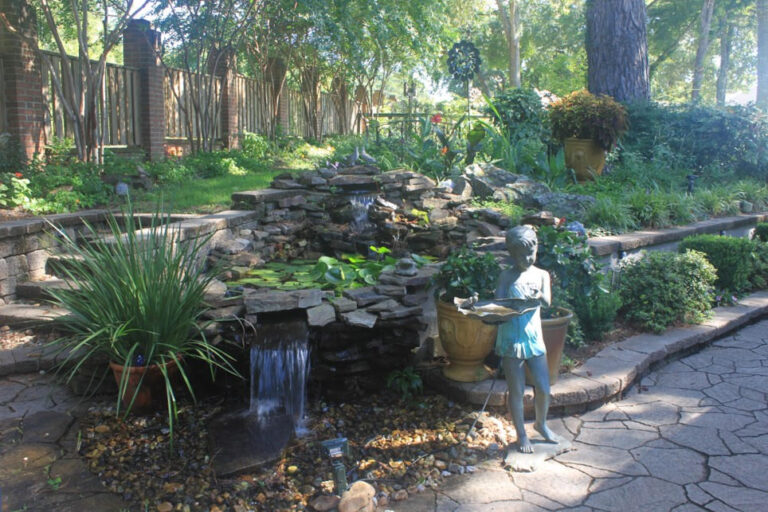Right Plant, Right Place
Planting the right plant in the right place is a gardening tenant. But it is easy to get swayed by a pretty plant and forget its importance. I have a wet corner of my garden where I ignored this important rule. A leaky sprinkler head was exacerbating the problem, but even with that repaired, this area is wet. And it is always going to be wet. So, I need a plant that tolerates wet conditions. After some research, I chose a Luna Red Hardy Hibiscus. I learned that hardy hibiscus are native to marshes and swamps, tolerate heat and humidity and this particular variety grows to about 2 feet high and wide. Perfect! But in all candor, they had me at marshes and swamps.
Here is a run-down of what you will want to consider when choosing a plant.
LIGHT – Full sun is 6+ hours, part sun is 3-6 hours and shade is less than 3 hours of direct sun each day. Best practice is to pick a sunny day and observe, starting at 7 a.m. and ending at 7 p.m. Check to see if you have direct sun every hour on the hour. At the end of the day, count the number of hours. You might find that you have over or underestimated the hours of direct sun.
WATER – Proper water is crucial for plant health. Overwatering is no less problematic than underwatering. Even if you have an irrigation system in your yard, if the area is prone to be extra dry or extra wet, you will want to account for this in your research as irrigation systems do not deliver a precise amount of water to every square foot.
SIZE – What are the height and width requirements of the plant? You do not want to choose a plant that has to be moved a couple of years later because it outgrew its location.
ANNUALS/PERRENIALS – Many annuals will deliver nonstop blooms all summer, but they will die in the winter and you will have to plant them again next spring. Perennials bloom anywhere from a couple of weeks to many months and will come back every year.
BLOOM ATTRIBUTES – Is there a color scheme you are working to achieve? Do you need a plant that blooms in the fall to round out your perennial garden?
GROWING ZONE – Don’t forget to check the USDA hardiness zone. This is important for perennials to confirm that they are winter hardy for our climate. East Texas is 8b. This is not a consideration for annuals.
CARE – Determine if the plant is low maintenance or if it requires routine pruning and deadheading to keep it blooming and looking good. Be honest with yourself and buy plants that match the time you want to spend taking care of them.
Just because a plant is available for purchase in East Texas does not necessarily mean it will thrive in East Texas. Below are a couple of reliable resources to assist in your research. You can also reach out to the Smith County Master Gardener Help Desk for assistance.
Smith County Master Gardener Help Desk Phone: 903-590-2994
eMail: SmithMGHelpDesk@gmail.com
East Texas Gardening: https://aggie-hort.tamu.edu/county/smith/
Texas Superstar Recommended Plants https://texassuperstar.com/
Smith County Master Gardeners are volunteer educators certified and coordinated by the Texas A&M AgriLife Extension Service.
Annette VanDuren
Smith County Master Gardener



